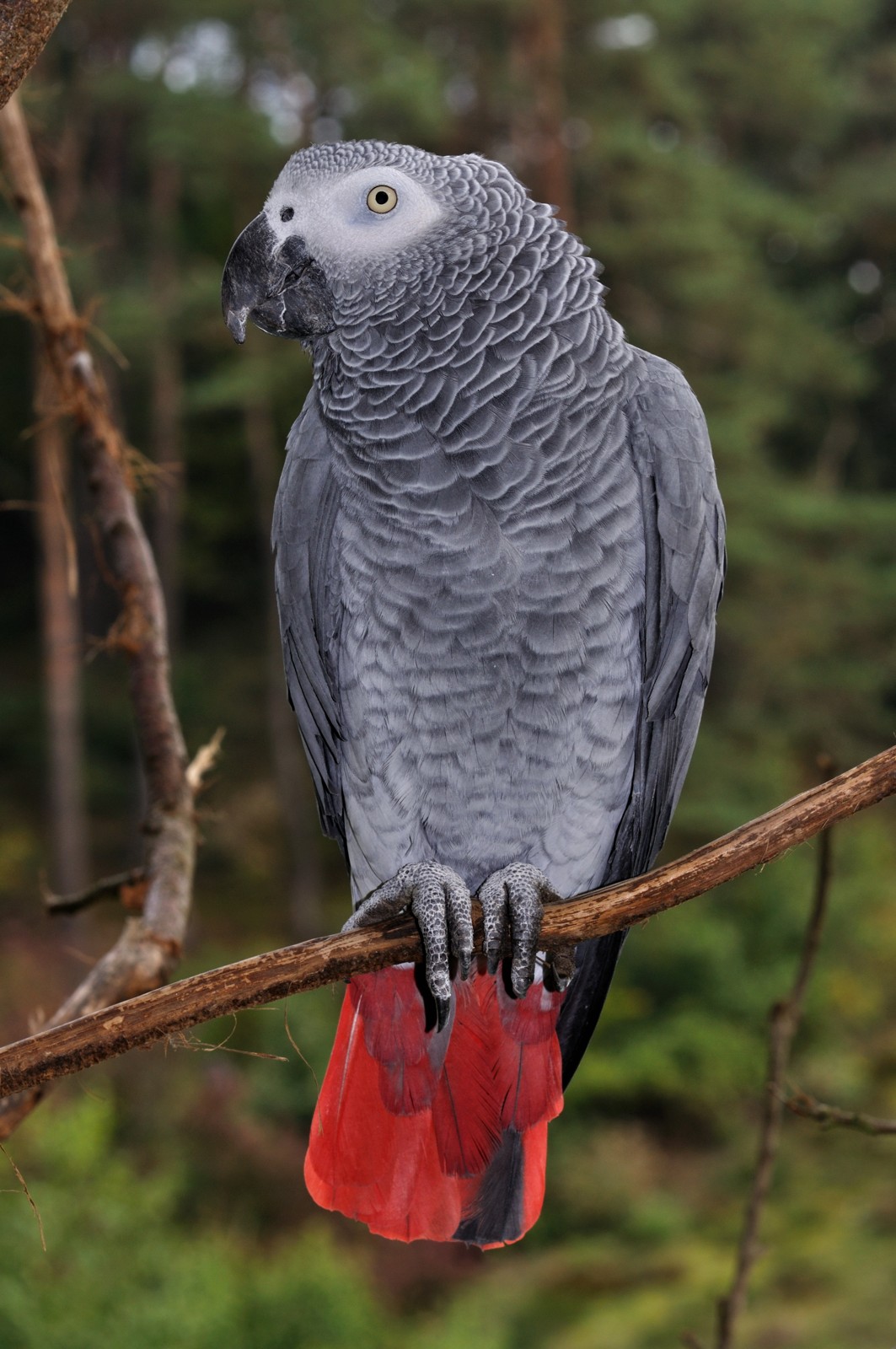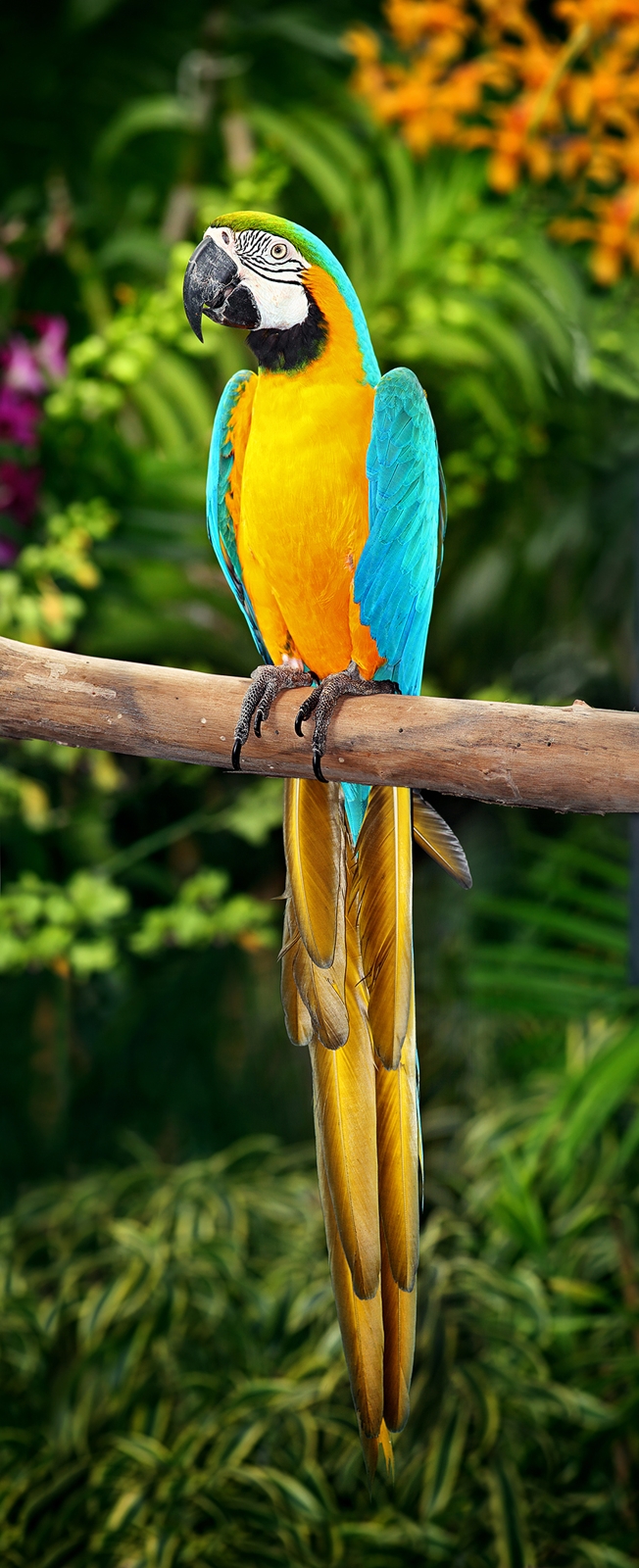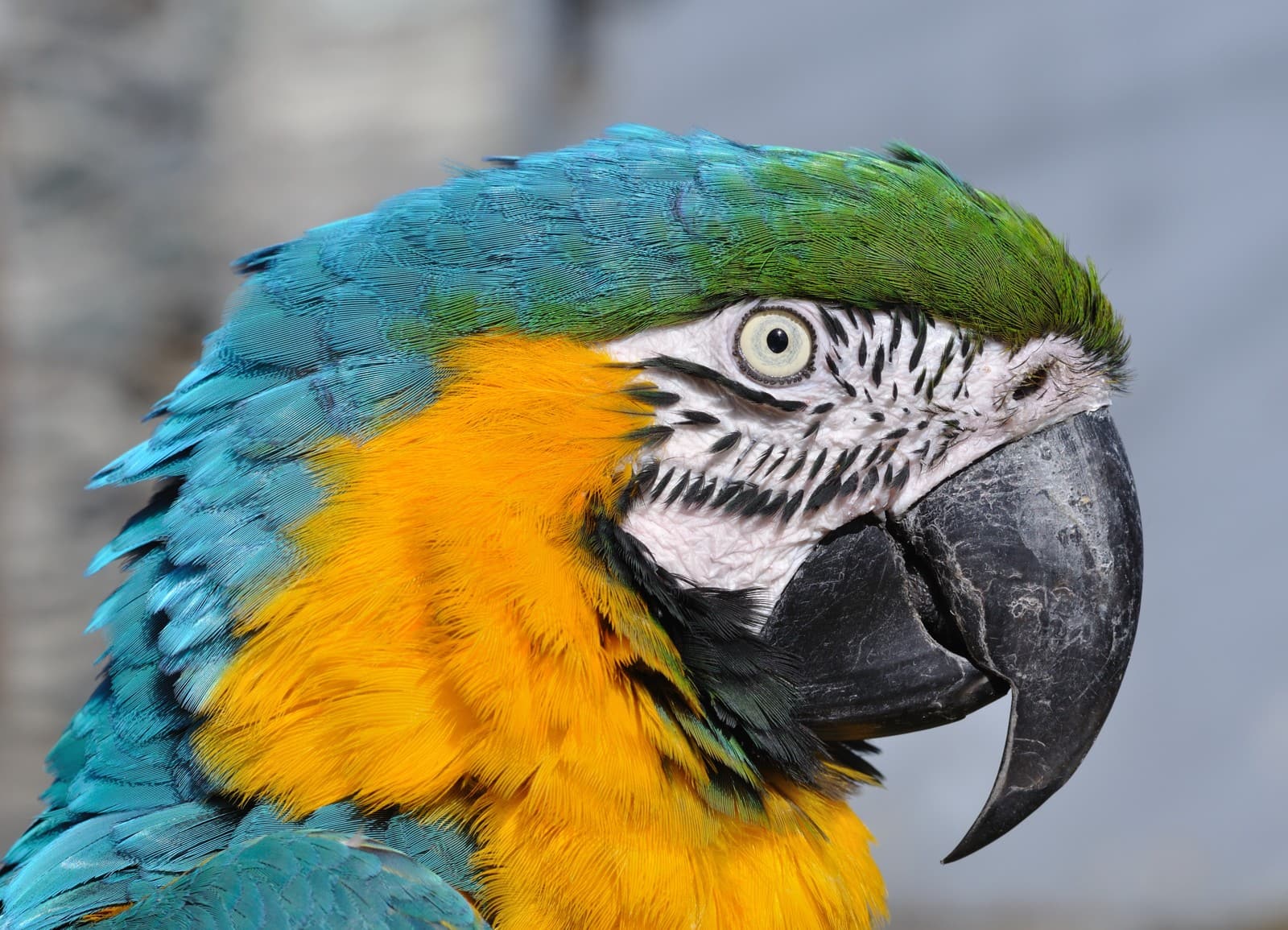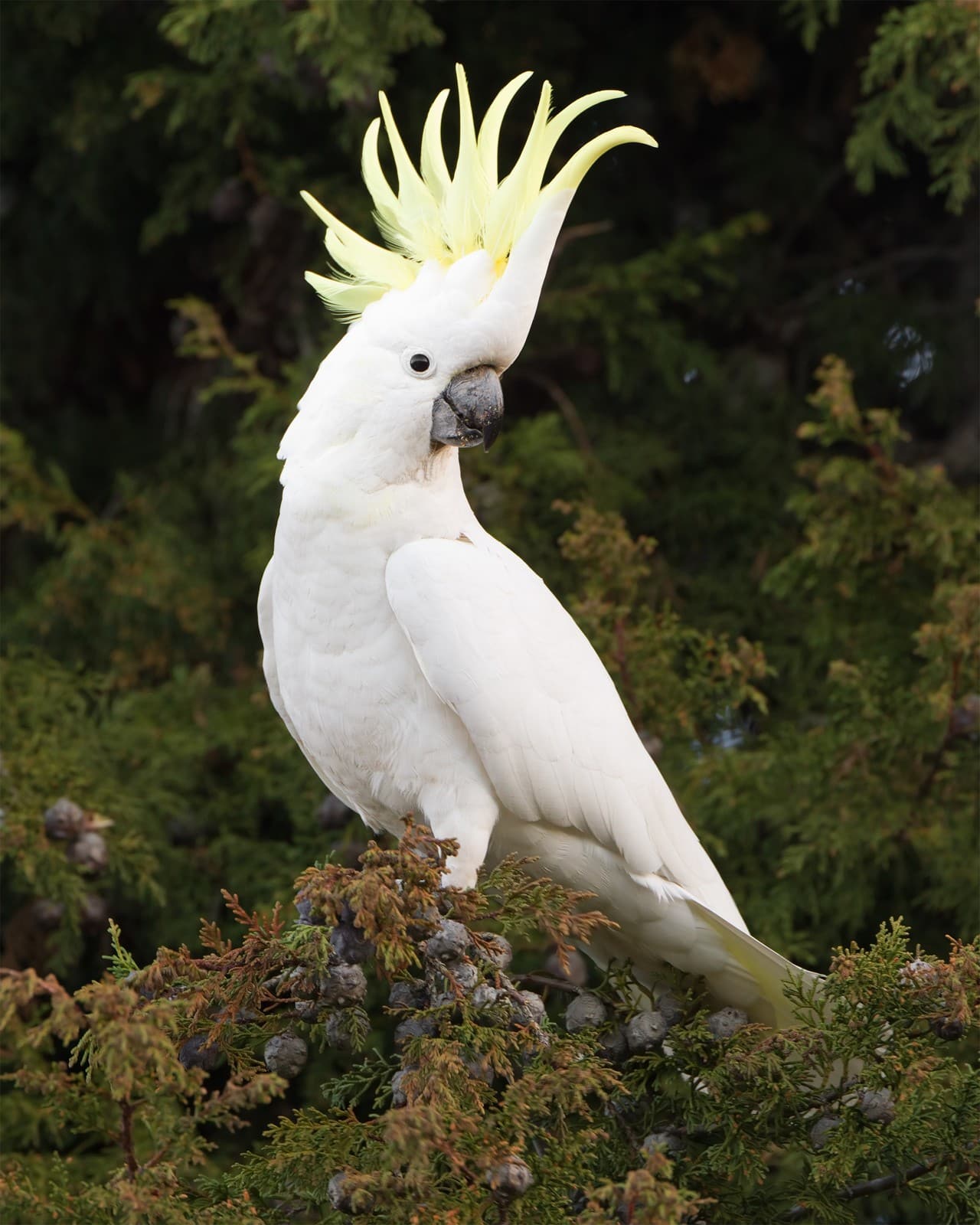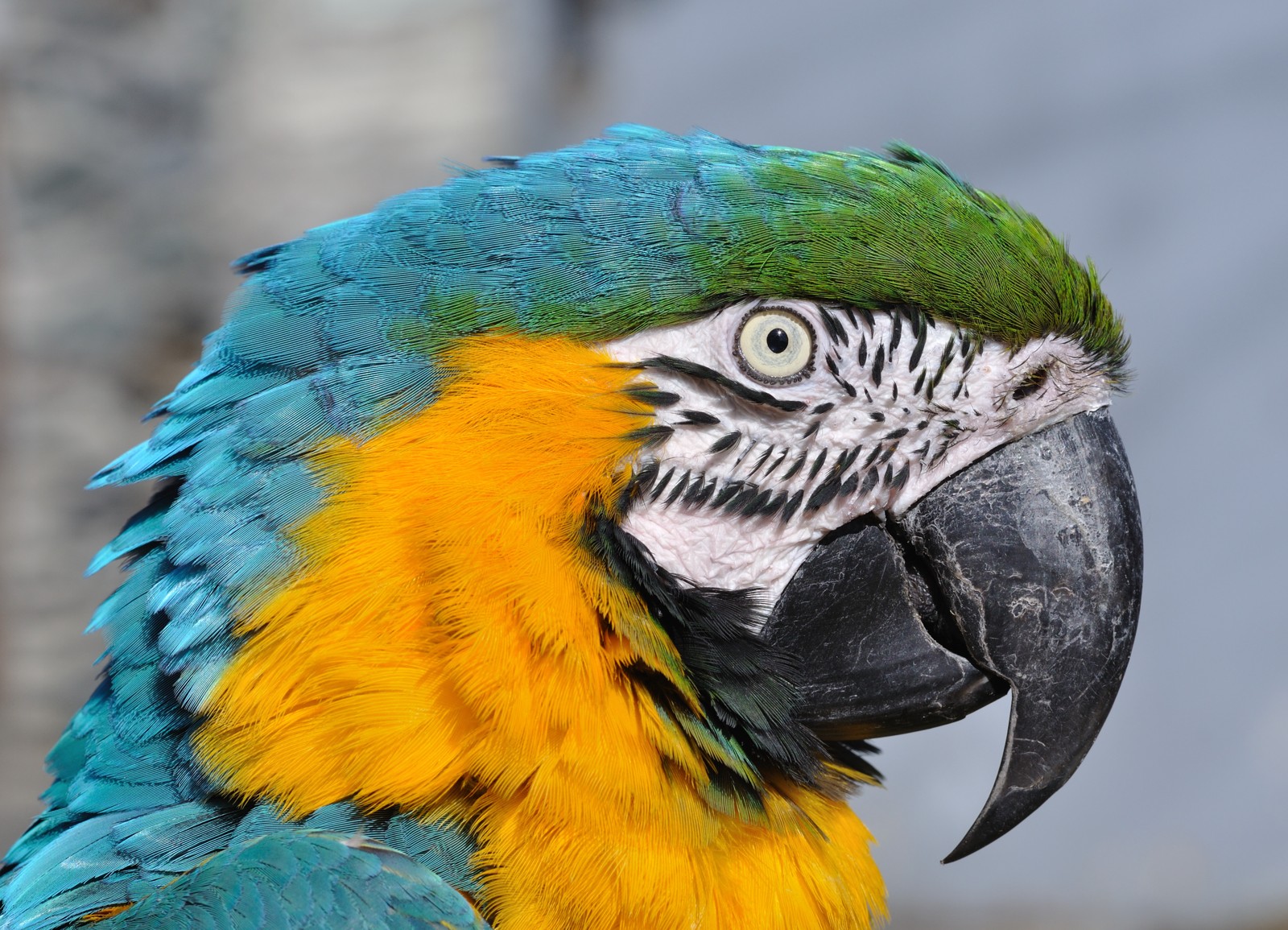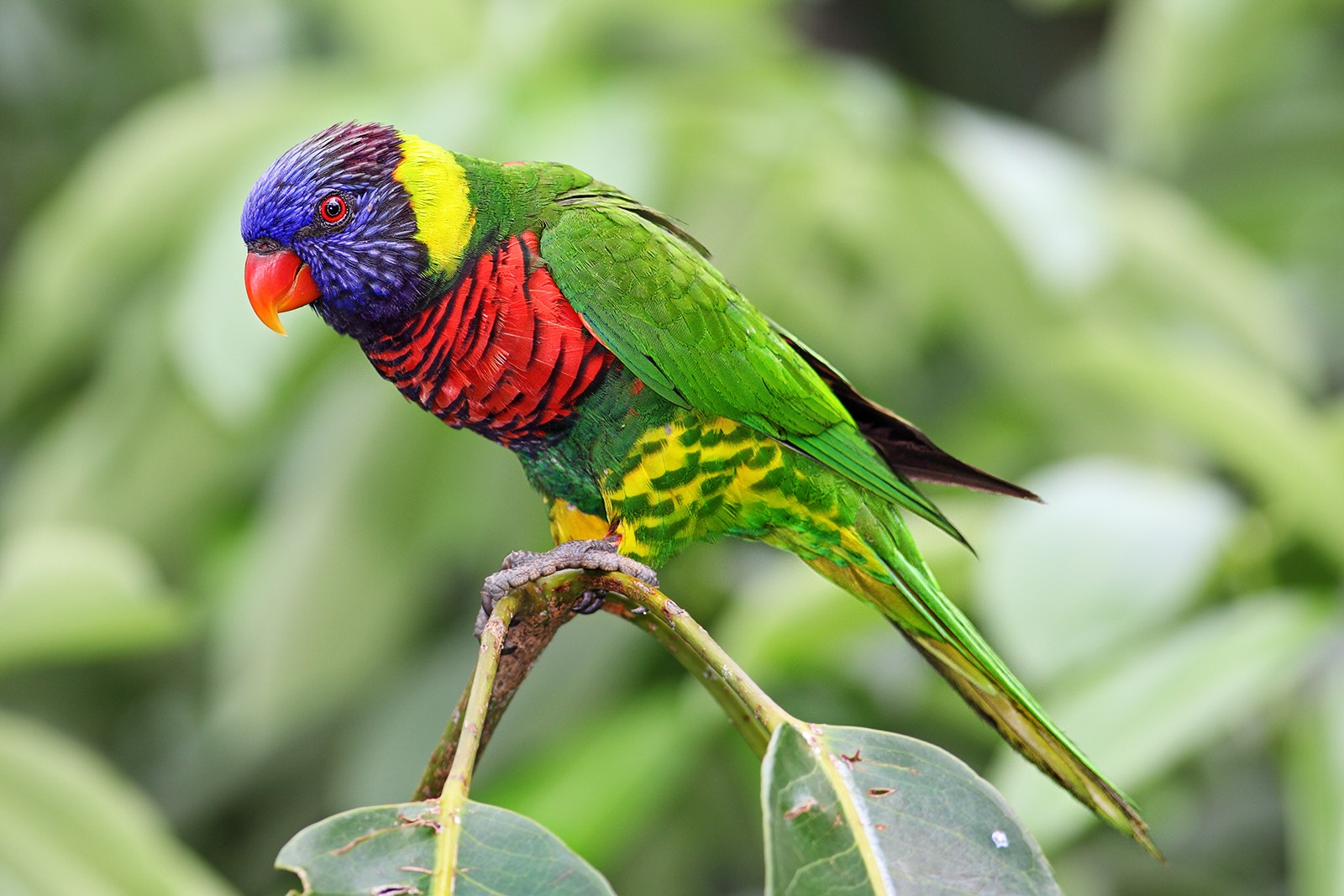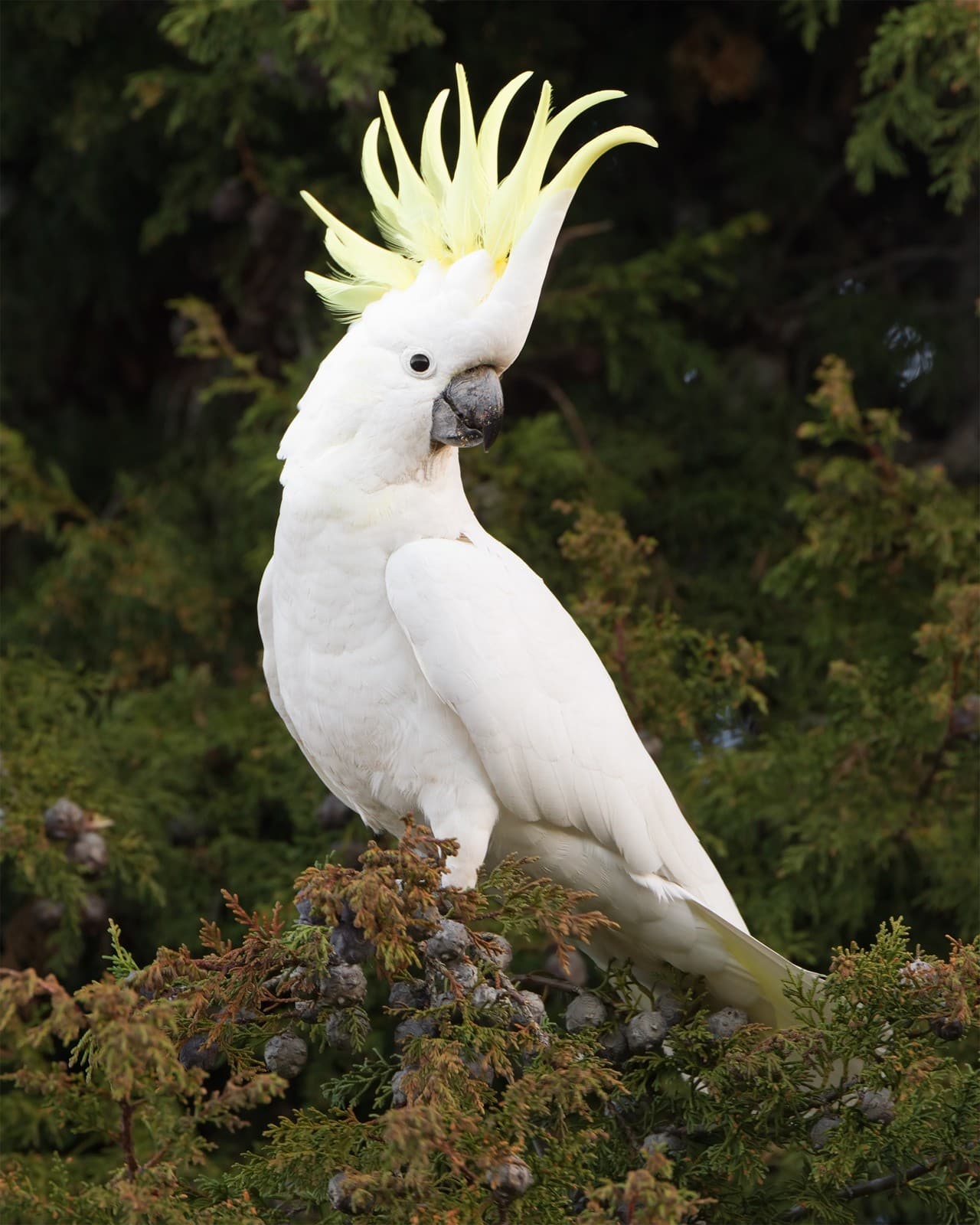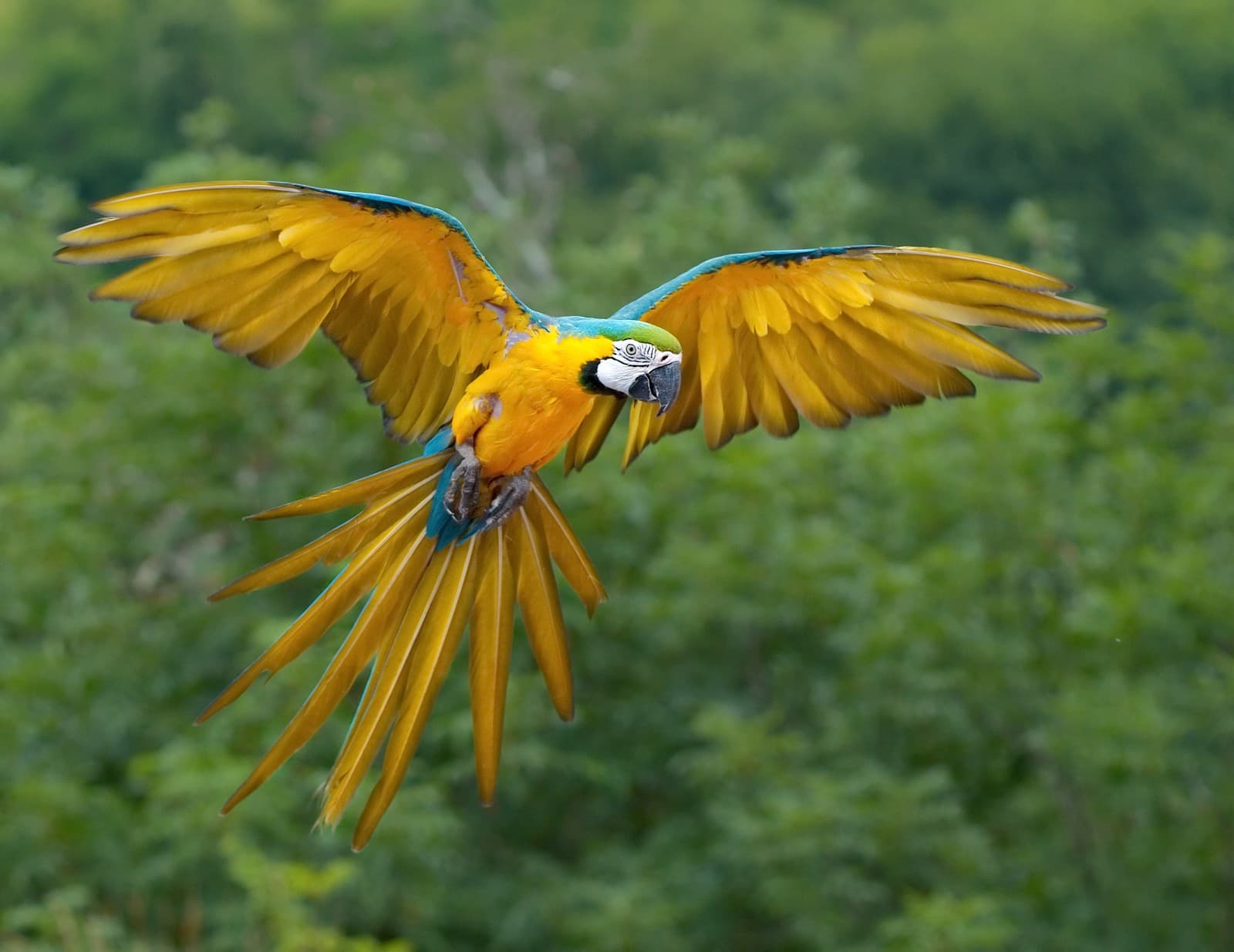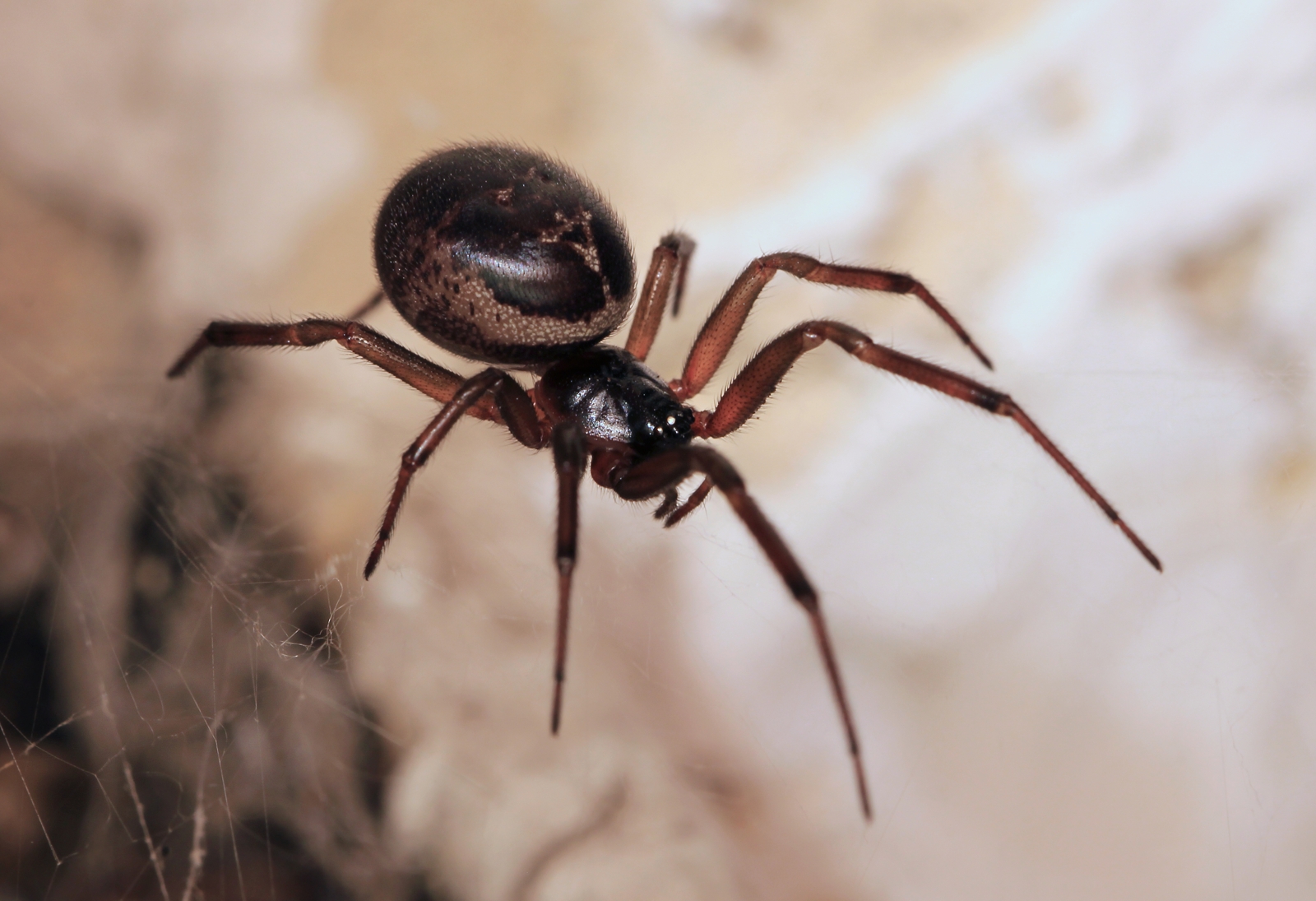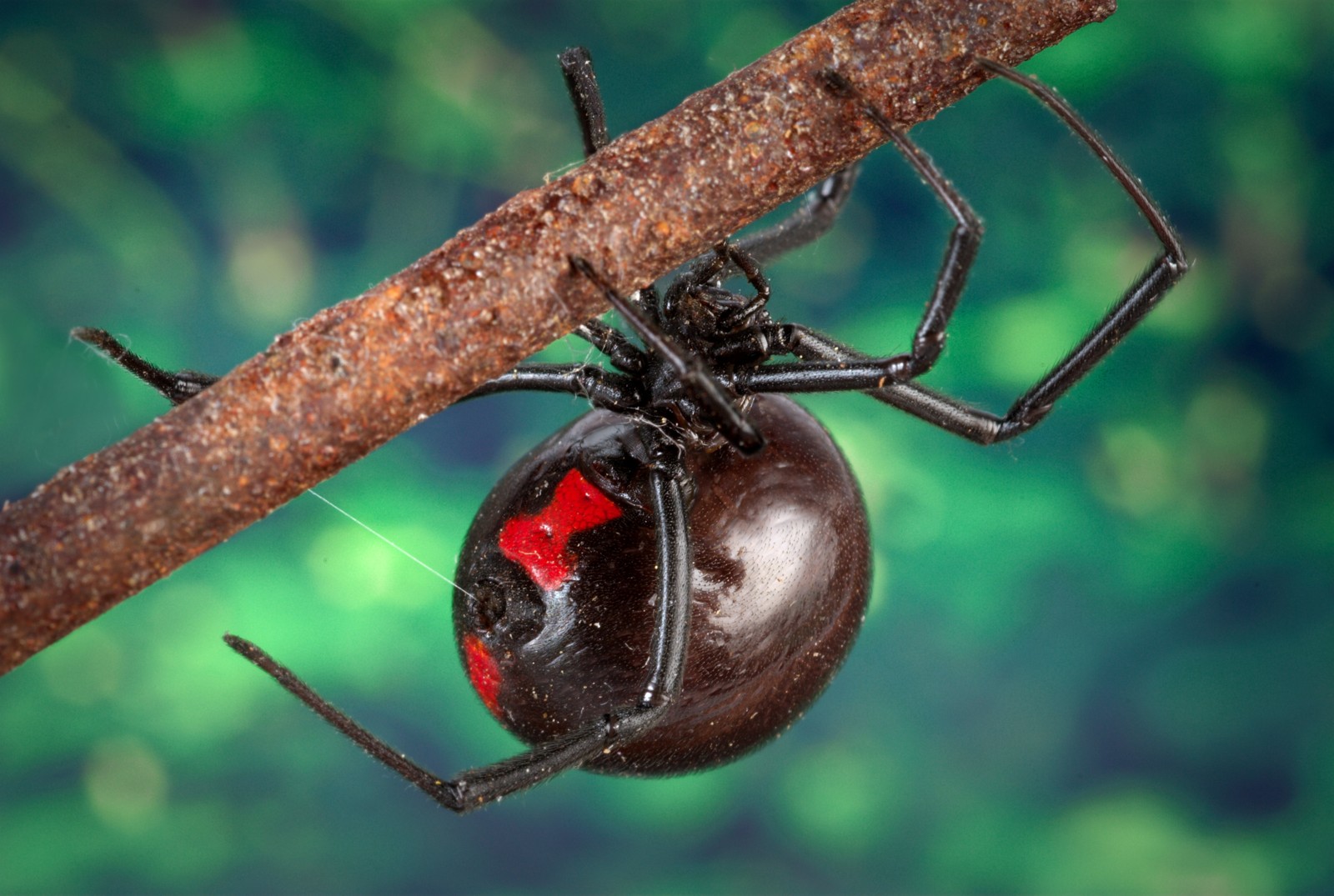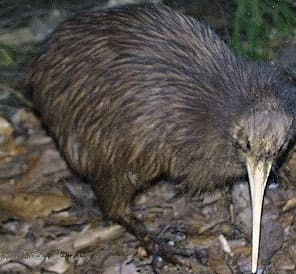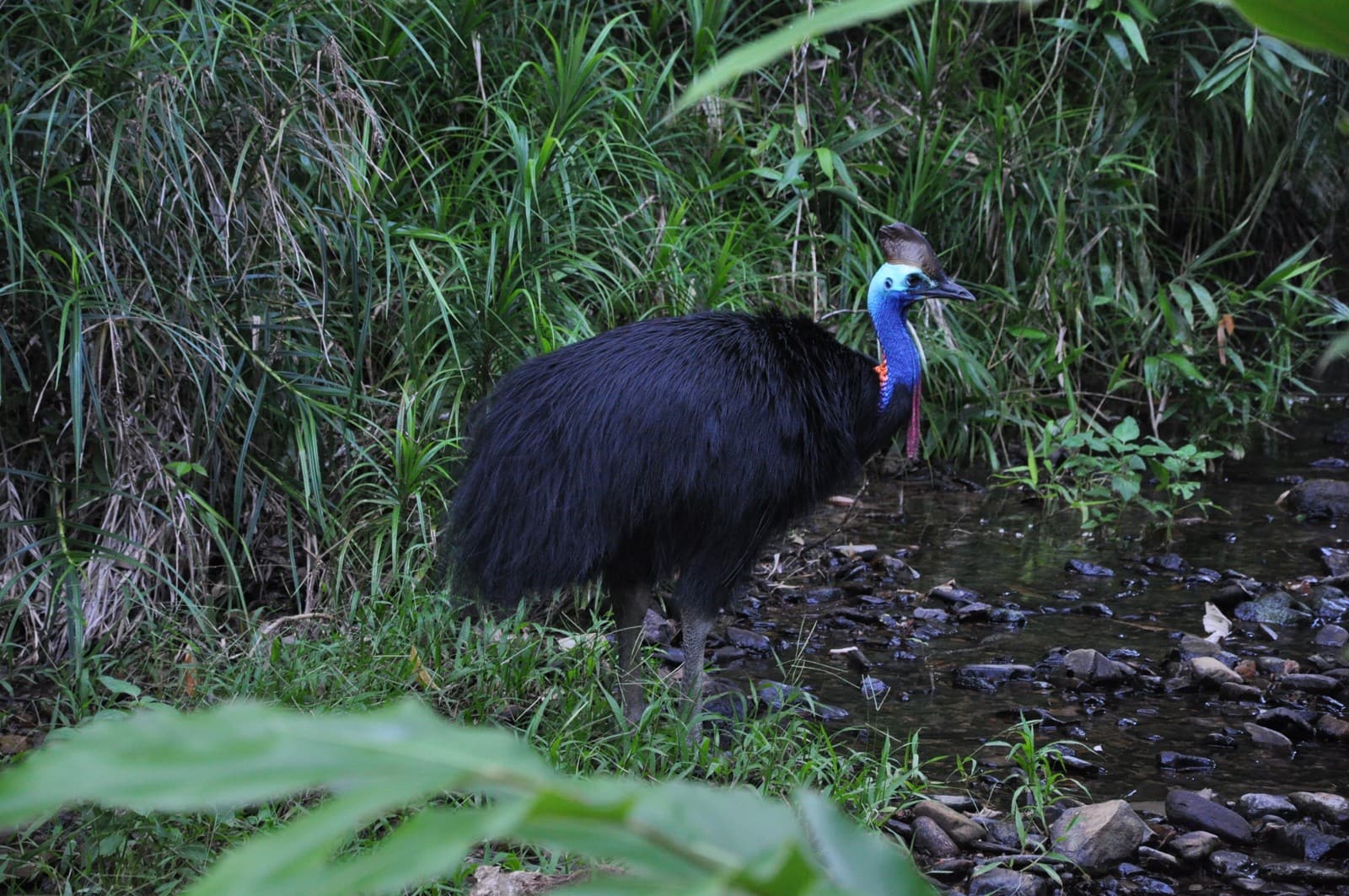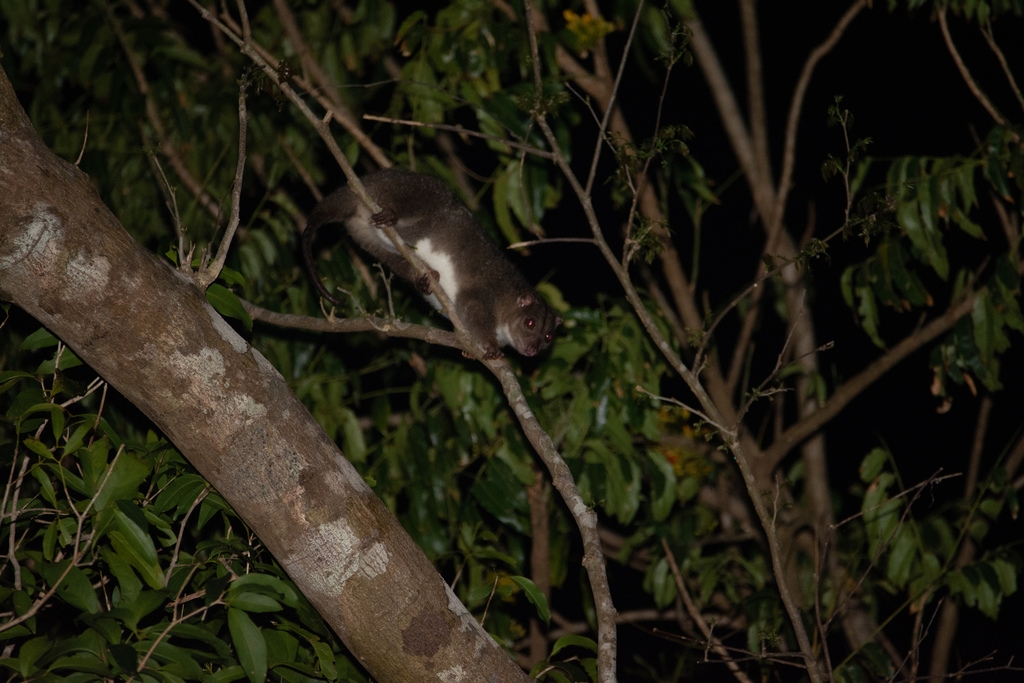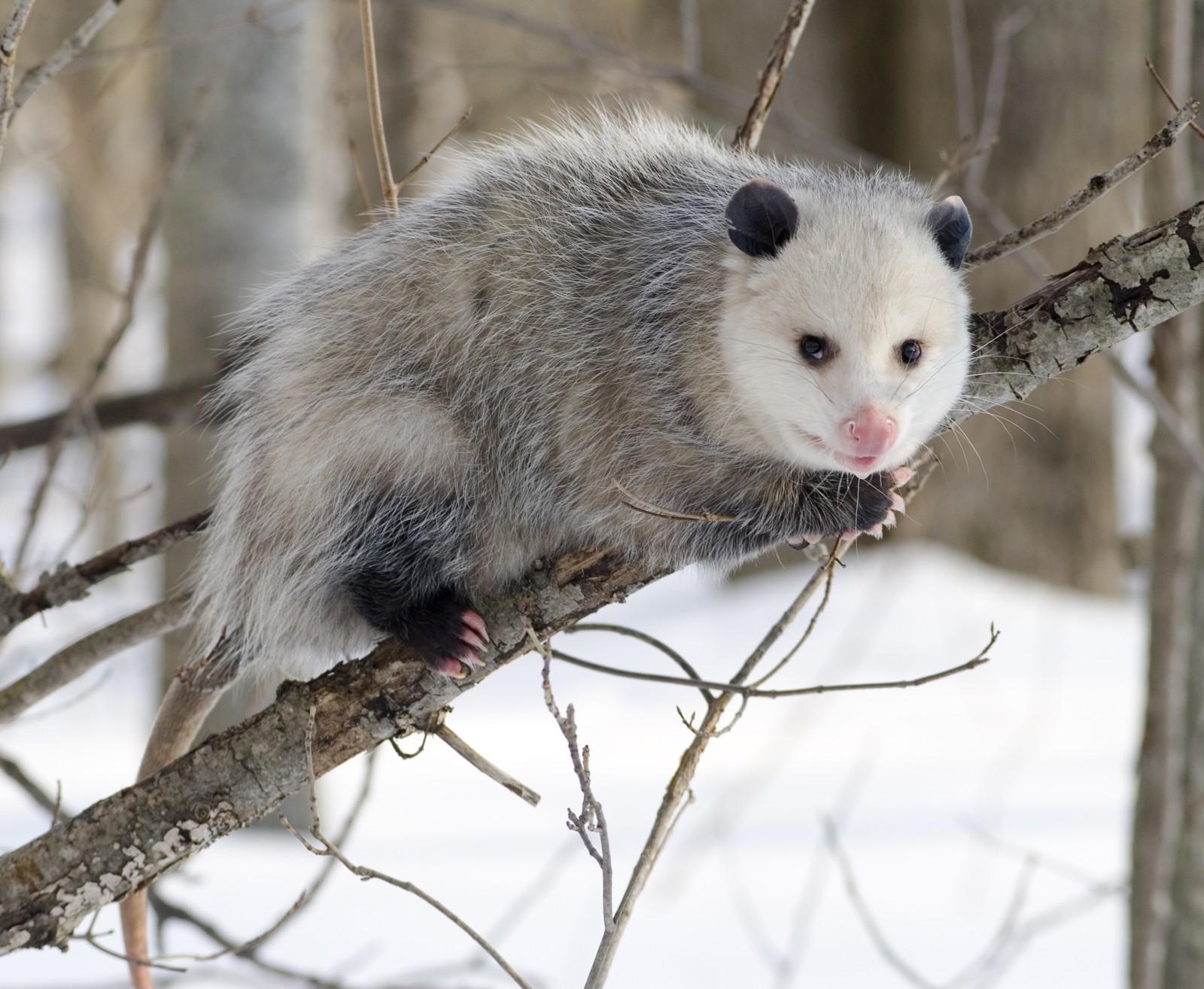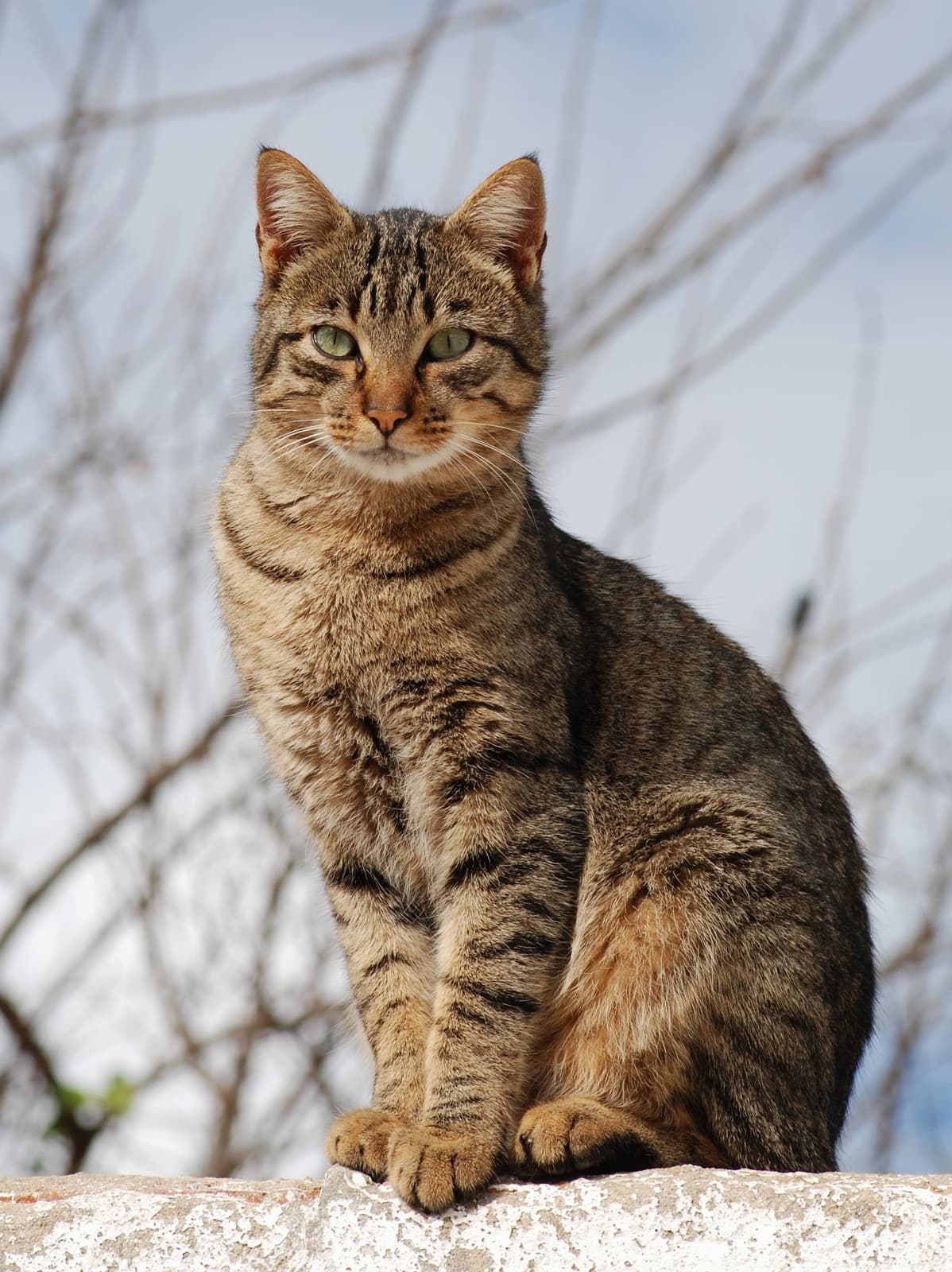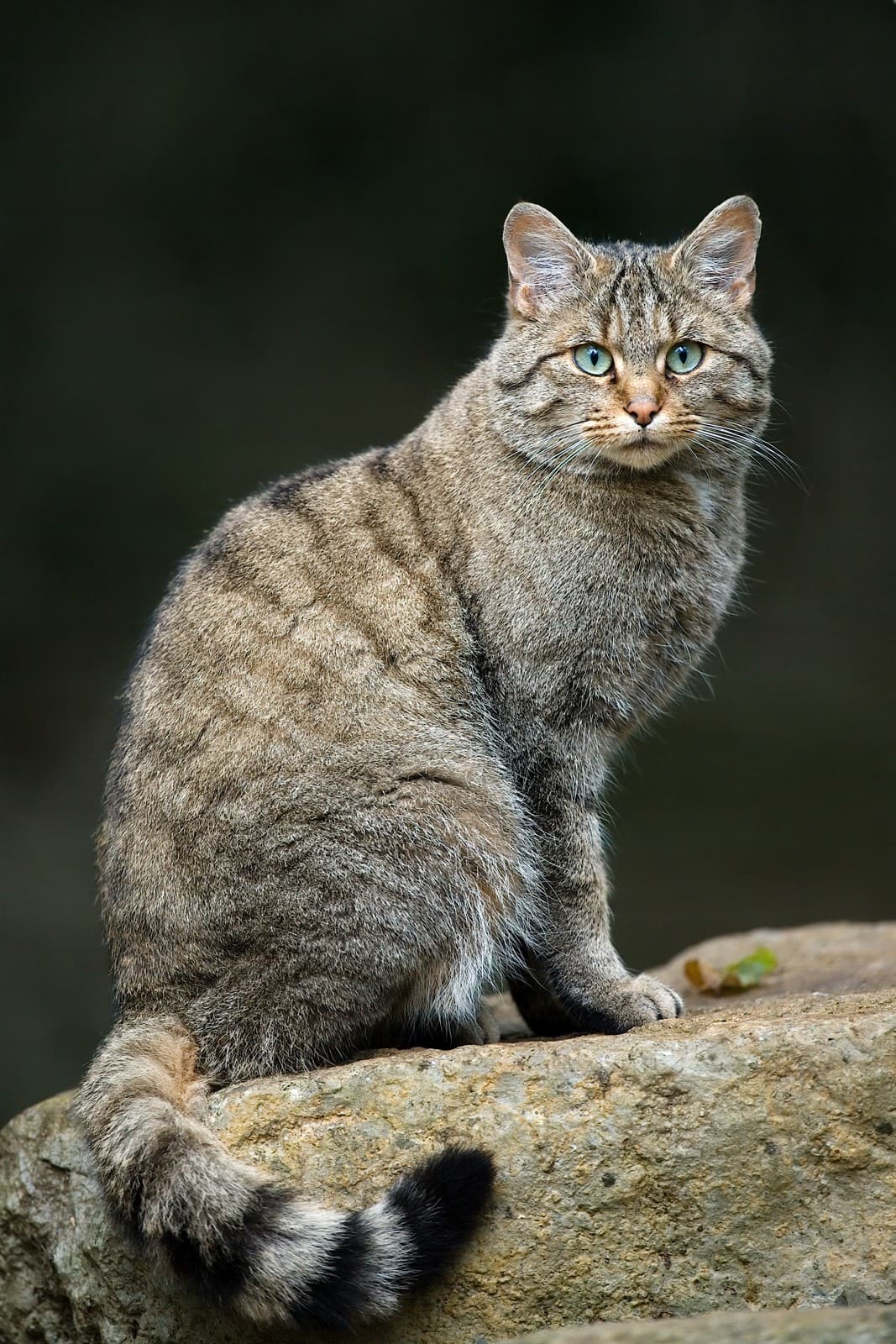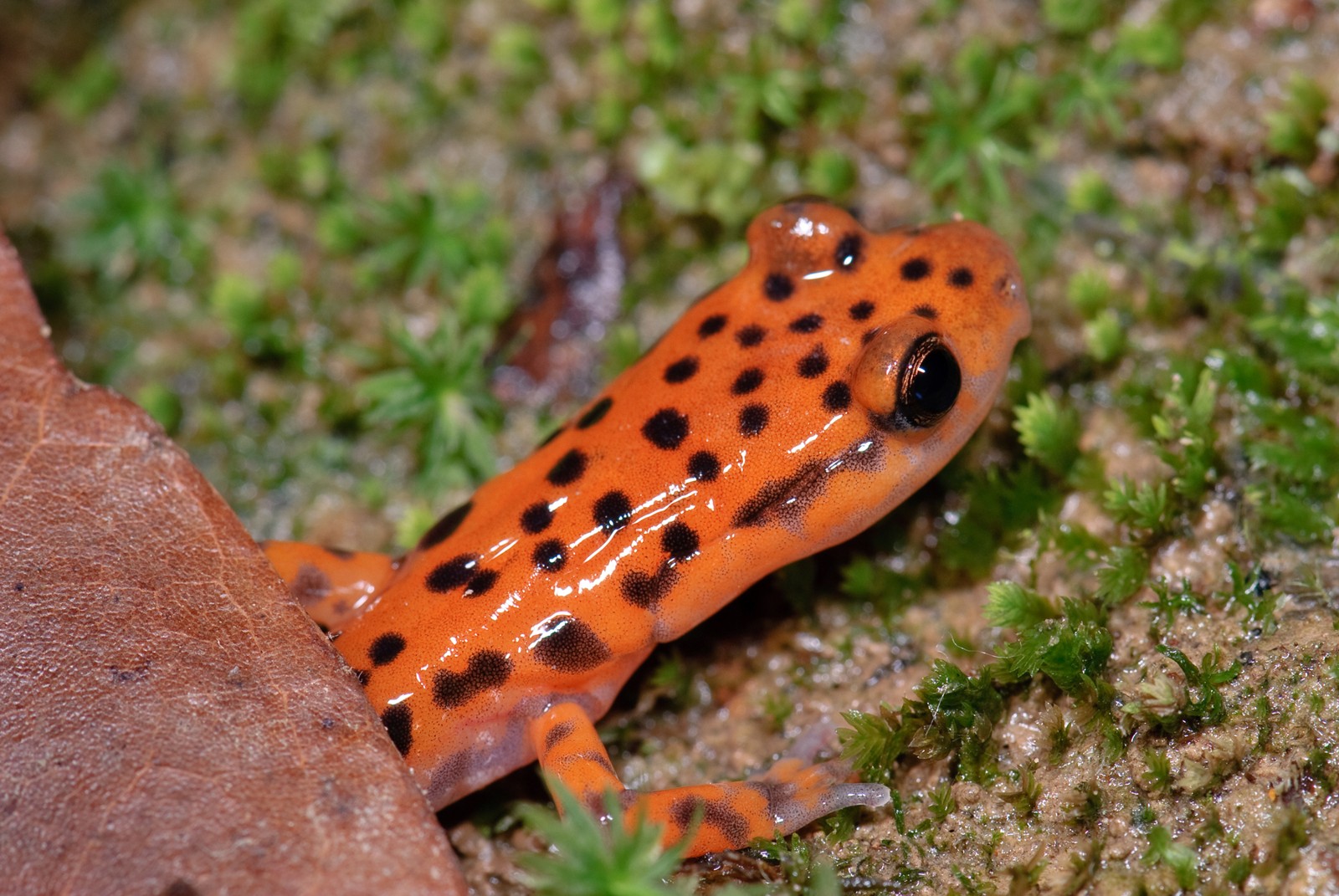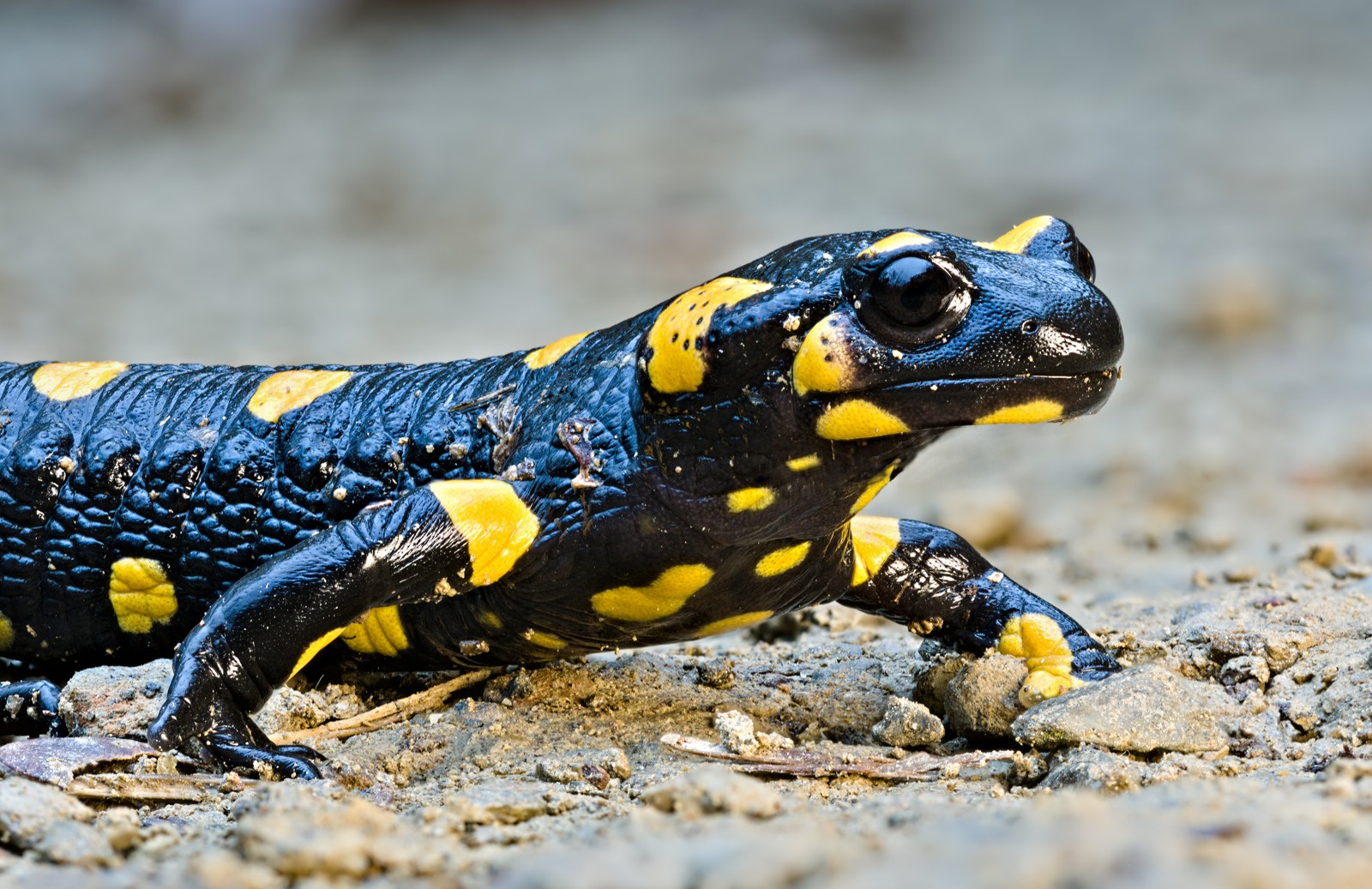Macaw vs Parrot: A Complete Comparison
When comparing macaws vs parrots, it’s crucial to understand that all macaws are parrots, but not all parrots are macaws. Macaws represent some of the largest members of the parrot family, with the Hyacinth Macaw reaching lengths of 40 inches (100 cm), while common pet parrots like the African Grey typically measure 13 inches (33 cm). This size difference is just the beginning of what sets these magnificent birds apart.
As a family of birds, parrots encompass over 350 species worldwide, including macaws, cockatoos, African greys, and amazons. Macaws, specifically, comprise 17 species native to Central and South America, known for their distinctive long tails and large, powerful beaks. Understanding these fundamental differences helps potential bird owners make informed decisions about which species might best suit their lifestyle.
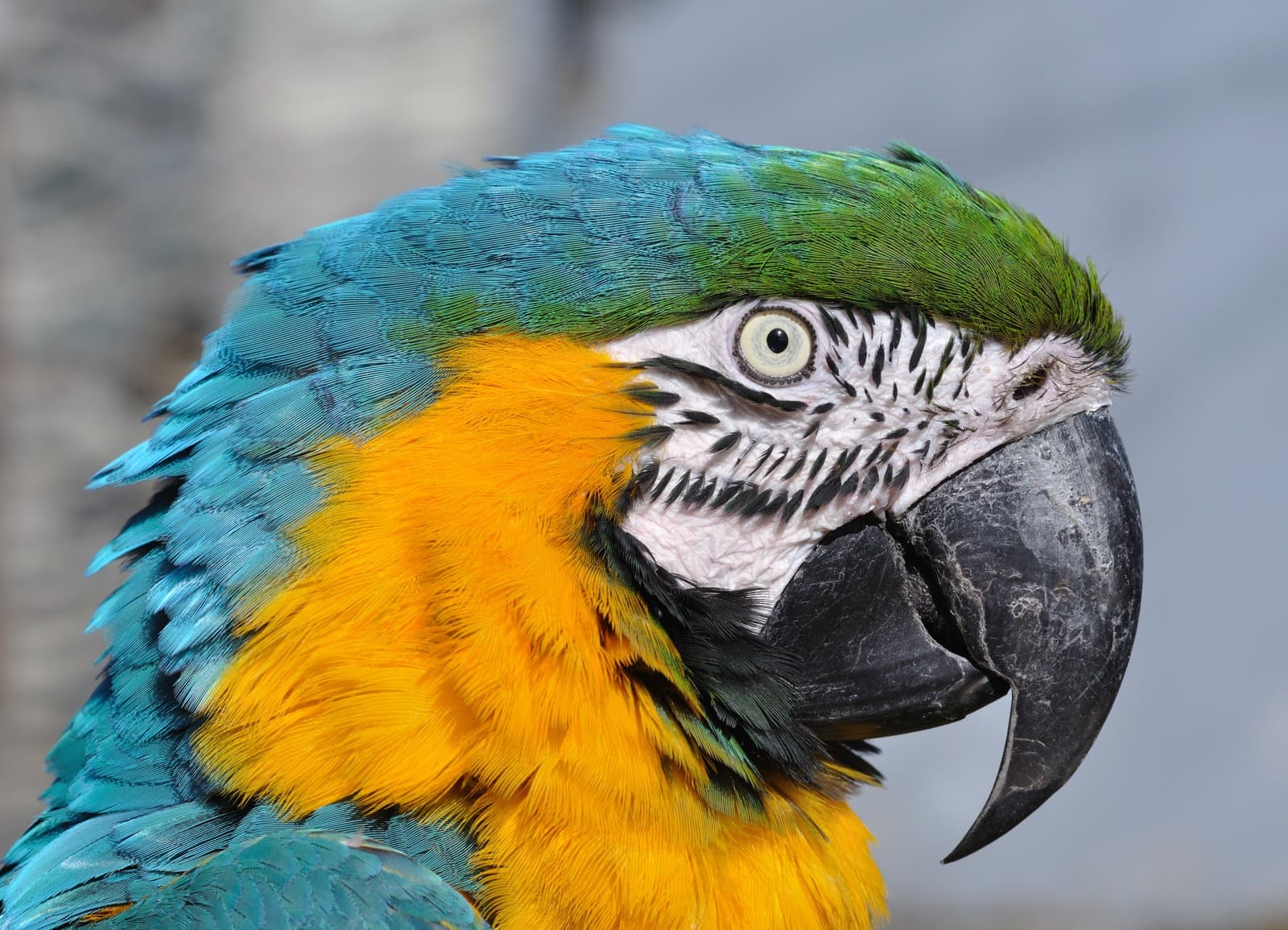
© Quartl / CC BY-SA 3.0
The Blue-and-yellow Macaw exemplifies the dramatic size and coloration that distinguishes macaws from other parrots, featuring the characteristic bare facial patches and robust beak structure unique to macaw species.
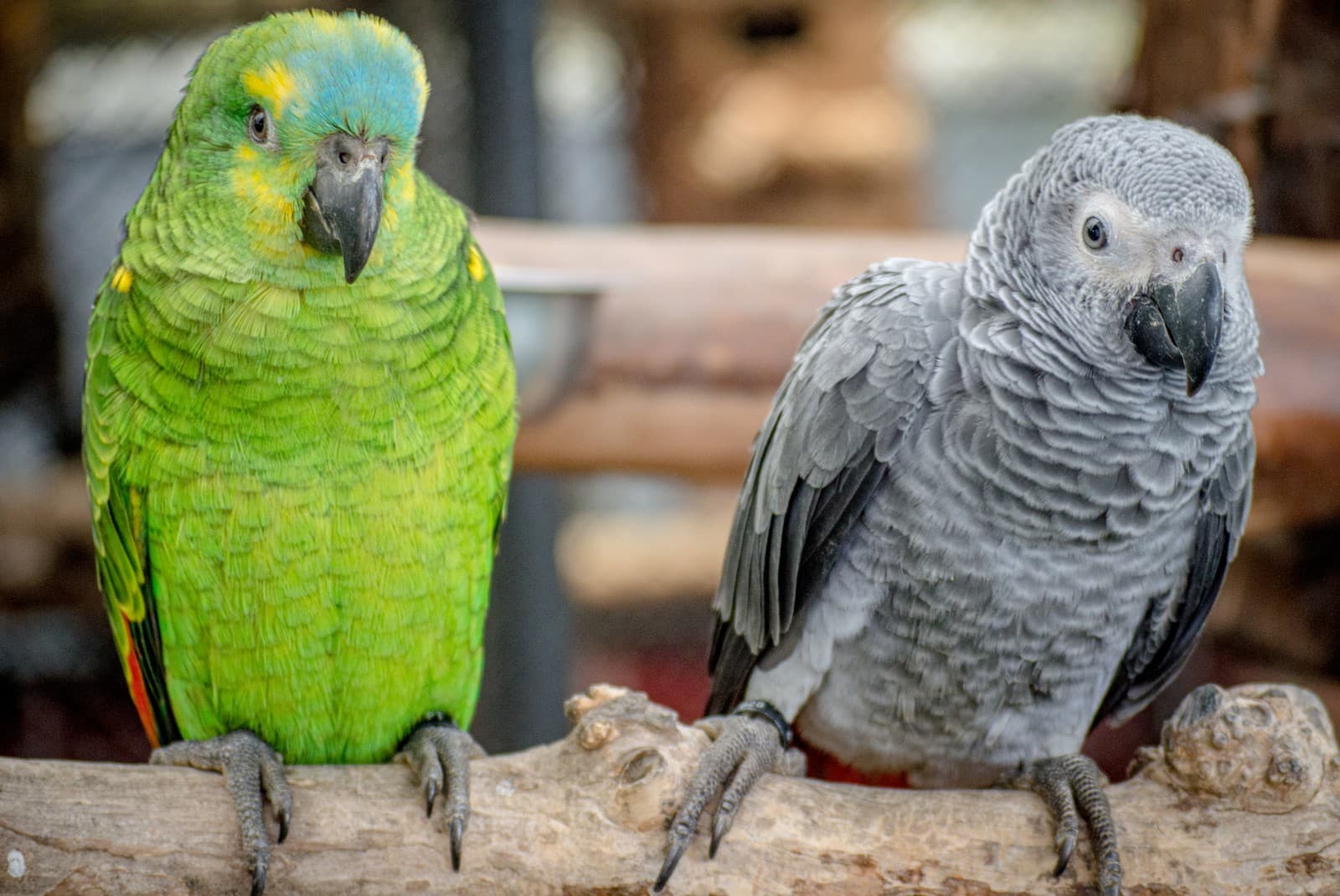
© Philip Nalangan / CC BY 4.0
These Amazon and African Grey parrots demonstrate the typical size and proportions of common pet parrot species, notably smaller than their macaw cousins while displaying equally striking plumage patterns.
Key Differences Between Macaws and Parrots
| Feature | Macaw | Parrot |
|---|---|---|
| Size | 20-40 inches (50-100 cm) | 4-24 inches (10-60 cm) |
| Lifespan | 50-60 years | 15-50 years (species dependent) |
| Facial Features | Large bare patches around eyes | Fully feathered faces (most species) |
| Tail Length | Very long, pointed tails | Usually shorter, rounded tails |
| Beak Size | Massive, powerful beaks | Smaller, proportionate beaks |
| Natural Habitat | Central/South America only | Worldwide tropical regions |
Size and Physical Characteristics
Macaws stand out among parrots for their impressive size and distinctive features. Their beaks are notably larger and more powerful than other parrots, capable of cracking even the toughest nuts and seeds. The bare facial patches, particularly prominent in larger macaw species, help distinguish them from other parrots who typically have fully feathered faces.
Intelligence and Personality Differences
While both macaws and other parrots demonstrate remarkable intelligence, their personality traits often differ. Macaws typically show more assertive and outgoing personalities, requiring extensive social interaction. Smaller parrots like African Greys often display more reserved temperaments but demonstrate superior vocal abilities and problem-solving skills.
Care Requirements and Space Needs
The size difference between macaws and other parrots directly impacts their care requirements:
- Cage Size: Macaws need enclosures at least 36”x24”x48” (91x61x122 cm), while smaller parrots can thrive in 24”x24”x24” (61x61x61 cm) cages
- Exercise Space: Macaws require significantly more out-of-cage time and space
- Food Consumption: Macaws eat 10-15% of their body weight daily, compared to 8-10% for smaller parrots
- Noise Levels: Macaws produce louder vocalizations, often reaching 105-110 decibels
Lifespan and Health Considerations
Both macaws and parrots are long-lived birds, but macaws generally have longer lifespans. Wild macaws commonly live 50-60 years, while most pet parrot species average 15-50 years depending on size and species. This longevity requires a significant long-term commitment from potential owners.
Cost Comparison
Initial and ongoing costs vary significantly:
- Macaws: $1,000-$18,000 initial cost
- Common Pet Parrots: $400-$4,000 initial cost
- Annual Care: $1,200-$3,000 for macaws
- Annual Care: $700-$1,500 for smaller parrots
Making the Right Choice
When deciding between a macaw and another parrot species, consider:
- Available living space
- Noise tolerance
- Time commitment for interaction
- Financial resources
- Experience with large birds
- Local climate and housing conditions
The choice between a macaw and another parrot species ultimately depends on the potential owner’s lifestyle, experience, and ability to meet these magnificent birds’ specific needs. While macaws offer unparalleled size and dramatic beauty, smaller parrot species might better suit those with limited space or first-time bird owners.
